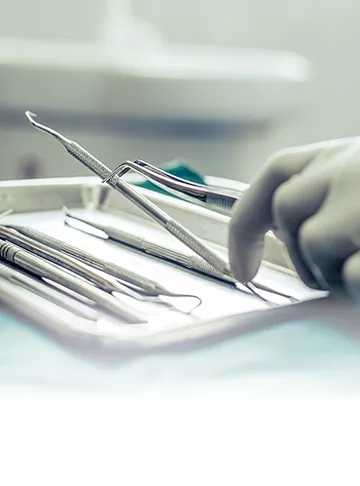Laparoscopy Surgery
Laparoscopy is a simple procedure performed under general anesthesia. After giving a general anesthesia surgeon will insert a small needle into the abdomen to inject gas that dilates your abdomen. This makes it easier to view all the organs and structures. Then a laparoscope is inserted, and the doctor will examine the structures.
The steps further depend on the diagnosis. If there is an anomaly that needs surgery, a third incision is made to perform surgery. After completion of the procedure surgeon will remove the instruments and stitch the incision areas. You will be kept under observation for a few hours and will be sent home.
Slight pain and discomfort will be seen after surgery. You may also experience pain in the shoulders and abdomen as the injected gas starts to absorb. It will take a few days for these symptoms to disappear.
Side effects: Though it is a safe procedure, like any other surgery, there are few risks associated with laparoscopy. 1% to 2% of women may develop postoperative complications such as bladder infection, adhesions, infection of the incision site, and hematomas in the abdominal wall. Report to your doctor during any such side effects.
Recovery: Post-surgery, you will be under observation to see if there are any complications. Depending on your physical condition, you will be sent home after several hours or a day. When compared to other traditional surgeries, the recovery time of laparoscopy is much shorter. You will be given medication to help relieve pain. You can begin your normal activities within a few days.
Pregnancy Calculator Tools for Confident and Stress-Free Pregnancy Planning
Get quick understanding of your fertility cycle and accordingly make a schedule to track it
Get a free consultation!















